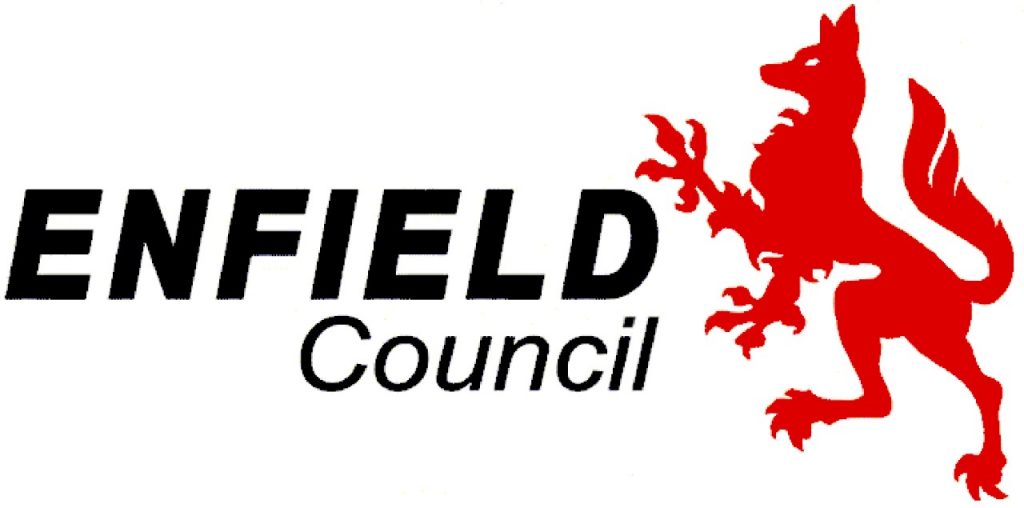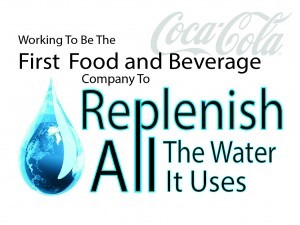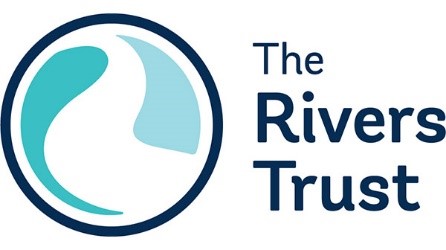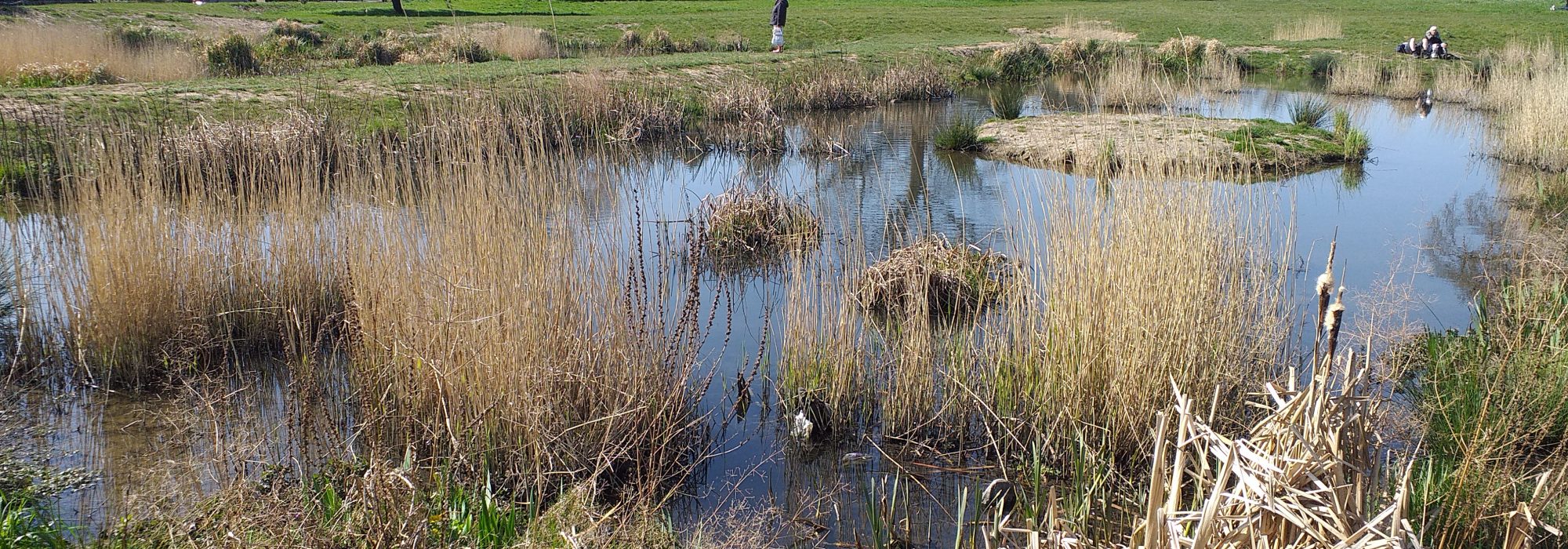Broomfield Park Wetland
Water quality improvements in Broomfield Park wetland
The Pymmes Brook suffers from chronic and acute diffuse pollution issues. In particular, these are caused by discharges of foul drainage from plumbing that has been misconnected into the surface water drains. These empty directly into the river, rather than going to a treatment works. In addition, oils, toxic metals and other traffic pollutants wash off roads directly into the river when it rains.
In 2019, Broomfield Park wetland was constructed by Enfield Council, in partnership with Thames21, to help improve water quality in the Pymmes Brook. It is part of Coca-Cola’s water stewardship strategy, Replenish, one aim of which is to return the equivalent amount of water used in drink production to nature and communities.
The wetland design was developed in consultation with the local community, including the Friends of Broomfield Park who had previously identified the location of the wetlands as an area for a pond.
The surface water drain that runs through Broomfield Park was diverted through two purpose-built wetland treatment cells, where natural wetland processes clean the water before it continues its journey to the Pymmes Brook. The cells were planted with the aid of local volunteers and Coca-Cola employees from the nearby bottling plant in Edmonton.
Reducing ammonia and phosphate levels
Water sampling, carried out shortly after the wetland was built, indicate that it is doing fantastic work to reduce pollution entering the Pymmes Brook. Water samples taken on five occasions between September 2019 and August 2020 show a reduction in the majority of pollutants between the entrance and the exit to the wetland.
This includes ammonia and phosphate, nutrients which can cause excessive plant growth followed by harmful oxygen crashes when the plants die off (eutrophication). Reductions were 72% and 69% respectively, resulting in reclassification of both nutrients from ‘poor’ to ‘moderate’ according to the water quality standards of the Water Framework Directive (WFD). For more results see the full report.
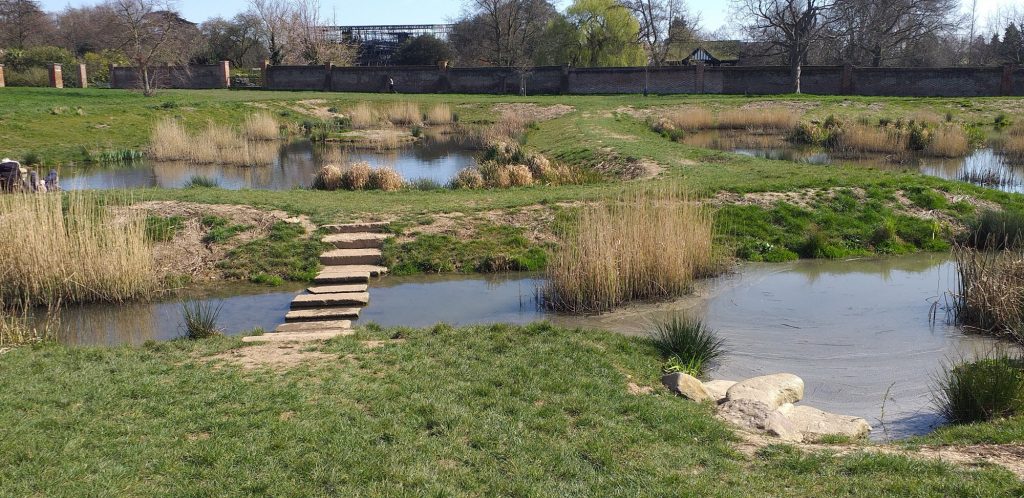
Broomfield Park wetland. Top: In Spring 2020. The first cell where water flows in is in the background, the second cell in the foreground; Bottom: In June 2020 showing emergent flowering vegetation important for amenity and biodiversity value. Photos by Nathalie Gilbert, Thames21
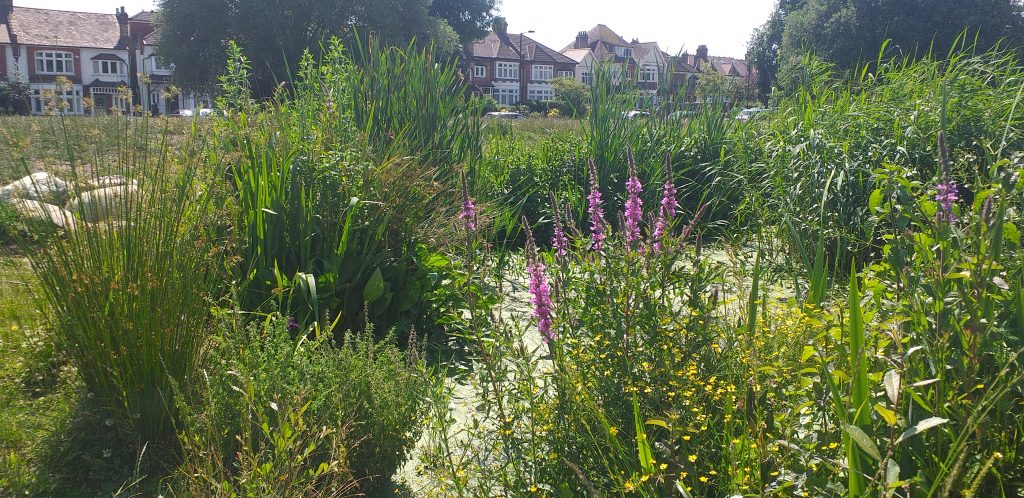
Protecting property and increasing biodiversity
Other benefits of Broomfield Park wetland include reducing flood risk to downstream properties. This is achieved by catching and storing surface water runoff in the wetland (that would otherwise flow directly into the river) and then slowly releasing it into the river. It has also increased the biodiversity and public amenity value of Broomfield Park with benefits for health and wellbeing of local residents and climate resilience of Enfield borough.
Thames21 will continue to periodically monitor the water quality in the Broomfield Park wetland. Plans include installing real-time water quality monitoring devices into the wetland, later in 2021. These will allow us to assess pollution removal in different seasons and a range of flow conditions.
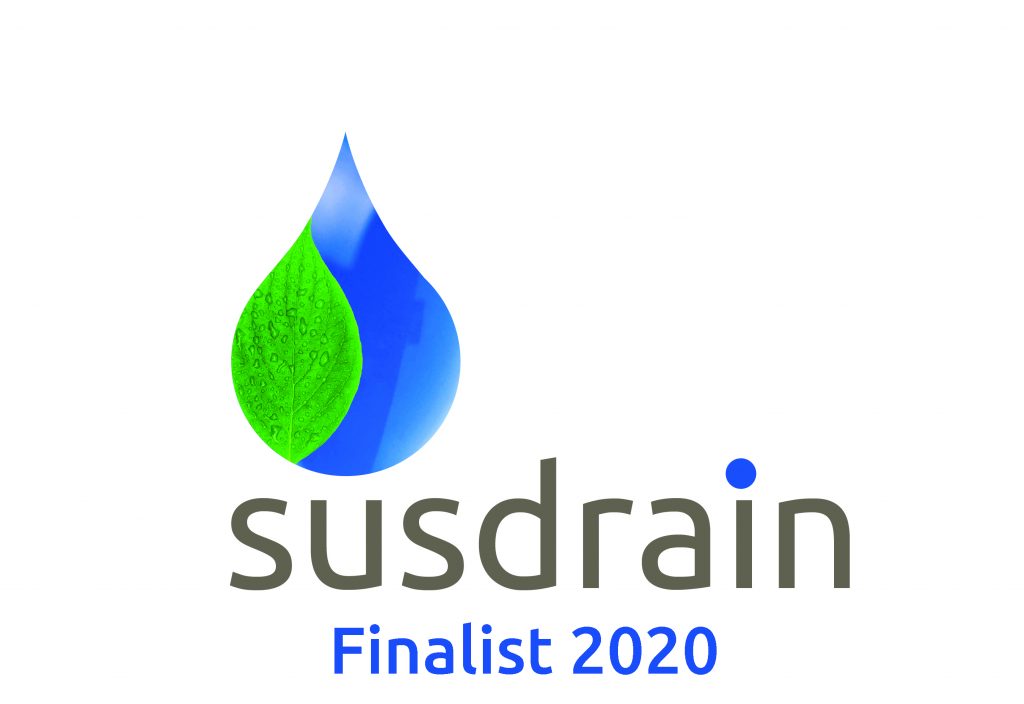
Broomfield Park wetland was highly commended in the CIRIA Susdrain SuDS awards ‘Small scale retrofit’ category, placing it in the top four initiatives of this kind nationwide. The wetland was designed and constructed by Enfield Council as part of a wider catchment based approach, with direct assistance from Thames21, Friends of Broomfield Park and the Pymmes BrookERS. Further support was provided in partnership by the Coca-Cola Foundation, The Rivers Trust and WWF-UK.
